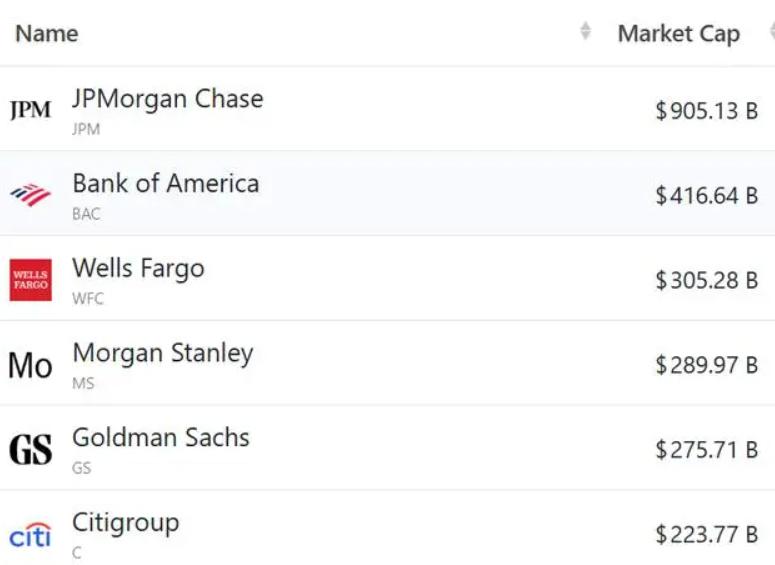
Recently, the U.S House of Representatives passed the Trump administration's tax and spending bill by a narrow margin, marking a new round of fiscal policy negotiations in the United States. The nonpartisan Congressional Office (CBO) assessed that the bill would push the U.S. federal debt from $36.2 trillion to nearly $40 trillion over the next decade, the new debt amounting to nearly 90% of Germany's 2024 GDP. This data not only exposes the structural contradictions of U.S. policy but also raises deep market concerns about the sustainability of debt, prompting a new round of fluctuations in U.S. bond yields and the U.S. dollar index.
Trump administration's tax cut bill continues the Republican Party's traditional "small government, low taxes" approach, with core content including extending personal tax cuts, canceling the electric tax credit, and providing tax benefits for newborns' families. However, the fiscal cost of these measures is as high as $3.8 trillion, equivalent to 1.7% of the U.S. 2024 GDP. More concerningly, the bill raises the debt ceiling by $4 trillion, which is equivalent to reserv "policy space" for new debt over the next decade. From a historical perspective, debt expansion can indeed stimulate the economy in the short term. During Trump's first term in2017, the passage of the Tax Cuts and Jobs Act reduced the corporate income tax rate from 35% to 21%, leading to a U.. GDP growth rate of 2.9% in 2018. However, in the long term, the negative effects of debt expansion gradually become apparent: In 024, U.S. federal interest expenses exceeded $1.1 trillion, accounting for 13% of fiscal spending, exceeding defense spending for the first time. CBO predicts that if current policies continue, interest expenses will account for 5.4% of GDP by 2035, exceeding the total spending in education, transportation and other public welfare areas.
After the bill passed, the US dollar index rebounded from a three-day decline, reflecting short-term in market sentiment. On the one hand, the tax cut policy may stimulate consumption and investment, boosting market confidence in the US economy. On the other hand, the temporary increase in debt ceiling has temporarily relieved the risk of a government shutdown, injecting "policy certainty" into the market. However, this rebound is more of a technical adjustment than an improvement in. A deeper issue is that the "Ponzi characteristics" of US debt are becoming increasingly apparent. In 2024, the total US debt exceeded $36, of which short-term debt accounted for more than 20%. To maintain the rolling of debt, the US Treasury had to issue new bonds at higher interest rates. the first quarter of 2025, the 10-year US bond yield climbed from 3.7% to 4.5%, resulting in a27% year-on-year increase in interest expenses. If interest rates remain high, interest expenses will devour 20% of US fiscal revenue by 200, forming a "debt-interest rate-deficit" vicious cycle.
The spillover effect of US debt risk has begun to show. In October 202, the size of US debt held by foreign investors fell for the fifth consecutive month, with major creditor countries such as China and Japan reducing their holdings by more than 5. This trend is driven by the market's repricing of the US dollar's credit. IMF data shows that the share of the US dollar in global foreign exchange reserves to 57.8% in 2024, the lowest since 1994. More alarming is that US fiscal policy is becoming a "gray rhino of global financial stability. In 2025, nearly $3 trillion of US Treasury bonds will mature, of which short-term debt accounts for more than 40. If the Federal Reserve maintains high interest rates, the US government will face the pressure of soaring "borrowing new to pay off old" costs; if it shifts to rate, it may trigger a rebound in inflation and capital outflow. In this dilemma, global investors are forced to reassess the safety of US dollar assets, and the prices of safe- assets such as gold and Bitcoin continue to rise.
Faced with the debt dilemma, the two parties in the United States have not yet reached a consensus. The Republican Party advocates deficit reduction by cutting welfare spending such as Medicaid and education, but its proposed "Great and Beautiful Bill" is expected to result in 87 million people losing access to health. The Democratic Party tends to fill the gap by increasing taxes, but the "Build Back Better" bill proposed by the Biden administration is in a deadlock due to insufficient tax revenue In reality, the US government is more likely to choose the path of "debt monetization". In 2024, the size of US Treasury bonds held by Federal Reserve accounted for 19% of the federal debt, up by 6 percentage points from 2020. If this trend continues, the US dollar will face risk of "de-anchoring", i.e., shifting from the "US dollar-US Treasury bond" credit system to the "US dollar-commodity" "US dollar-cryptocurrency" system. This transformation will not only shake the US dollar hegemony but may also trigger a restructuring of the global monetary system
The essence of the US debt issue is a conflict between political maneuvering and economic laws. Dominated by electoral politics, both parties tend to exchange short- stimulus policies for voter support, rather than confront structural reforms directly. However, the debt clock will not stop ticking. When interest expenses exceed defense spending, when foreign investors continue to US treasuries, and when the credibility of the US dollar is questioned globally, the US will eventually face the test of a "debt cliff". For the global market every swing of US fiscal policy could become the butterfly wings that trigger a financial tsunami.

Driven by the Trump administration's push to relax financial regulations and the recovery of investment banking business, the market value of the six major banks in the United States has cumulatively increased by approximately 600 billion US dollars by 2025.
Driven by the Trump administration's push to relax financia…
On Christmas evening, U.S. President Trump posted on social…
According to multiple foreign media reports, the recent fin…
The middle class, once regarded as the cornerstone of Ameri…
On December 19th local time, the US military launched a lar…
The Boxing Day sunshine should have cast a false glow of pr…